With the Google search ‘How to eat healthier’ returning 162 million results, you’d be forgiven for feeling confused about how to be your healthiest self. And while most of us aspire to be healthy, trying to overhaul our diets all at once doesn’t work - research shows that crash diets aren’t effective or sustainable in the long term. Nutritionists instead recommend taking baby steps towards being more healthy by changing one thing about your diet and lifestyle at a time.
And what better place to start than the grain you eat! With grain-based food comprising approximately 30% of an adult’s daily food intake, if you want to be healthier, a great place to start is with the healthiest grain. Here’s a quick overview of the different grains and the health benefits they provide:
Wheat: Is used in the majority of grain-based products - for example, bread, pasta, noodles and couscous, are made from wheat. Durum ‘bread’ wheat is the most common, followed by other species such as, spelt, emmer, einkorn and Khorasan.
Wheat has some good qualities, but it certainly doesn’t suit everyone. It’s mainly composed of carbs (90% starch). The starch in wheat gives it high digestibility, which may cause an unhealthy spike in blood sugar. This isn’t good news for those with diabetes. It also has a high glycemic index (GI), again making it unsuitable for those with diabetes.
On the plus side though, whole wheat is high in fibre, which is good for gut health (although these same fibres can cause digestive issues for those with IBS).
Wheat also contains proteins, which makes it great for bread-making. These proteins do come with a down-side, though: gluten is the largest family of proteins in wheat, making this grain option unsuitable for those with gluten intolerances.
Quinoa: Quinoa, although technically not a ‘cereal grain’ like wheat, can be used as a great grain substitute in a variety of meals.
Quinoa has some great qualities for everyone. Firstly, like wheat, quinoa is high in fibre. It has a mix of insoluble and soluble fibre, the latter of which is shown to reduce blood sugar levels, lower cholesterol and increase feelings of fullness.
Quinoa also contains a number of essential minerals, such as magnesium, potassium, zinc and iron. But there’s a downside to this: quinoa also contains phytic acid, which can bind these minerals together and reduce their absorption. It’s also high in oxalates, which can reduce the absorption of calcium and cause problems for people with kidney stones.
If you’re a diabetic, though, quinoa is a great choice: it’s low GI. It is still fairly high in carbs, so not the best choice if you’re wanting a low-carb diet.
Chia: Chia seeds are tiny black seeds that come from a plant called Salvia Hispanica (related to mint).
All in all, chia is a very healthy choice! It contains essential nutrients such as calcium, manganese, magnesium and phosphorus. It also contains antioxidants that help to fight the production of free radicals, which can contribute to aging and diseases like cancer.
Unlike quinoa, chia contains mostly soluble fibre - so it’s good news for your gut health and those feelings of fullness that prevent us from overeating. And it’s gluten-free!
Oats: Most of us would be used to whipping up some instant oats for our breakfast porridge so we can start the day right but unfortunately...instant oats are amongst the least healthy kind!
Fortunately though, oats in other forms can provide some good health benefits.
Oats do contain a great mix of nutrients. They are high in manganese, phosphorus, magnesium, copper, iron, zinc, folate, and Vitamin B1 and B5. They also contain smaller amounts of calcium, potassium, vitamin B6 and vitamin B3. Something for everyone there!
Oats also boast a special antioxidant called avenanthramide. This unique antioxidant helps lower blood pressure and prevent inflammation and anti-itching.
Teff: Hailing from ancient Africa, teff is (currently) not as well known as the other grains, but this is changing fast...and mostly because of teff’s incredible health credentials.
Teff contains many of the same nutrients as oats, such as magnesium, vitamin B6 and calcium. But it also contains many nutrients that no other grain contains, such as zinc and vitamin C, which can boost our immune system, body tissues, and skeletal system.
One of the biggest differences with teff, though, is just how much of these nutrients it contains. It has a massive three times the calcium of quinoa and oats, and more thank milk gram-for-gram*. It also has double the iron of both quinoa and oats, and more than red meat gram-for-gram*. When you compare it to chia, it also has more essential nutrients.
And of course, it’s gluten-free!
Eating healthy isn’t always easy but choosing the right grain isn’t. And when it comes to health benefits, it’s hard to go past teff for your daily nutrients and so much more.

